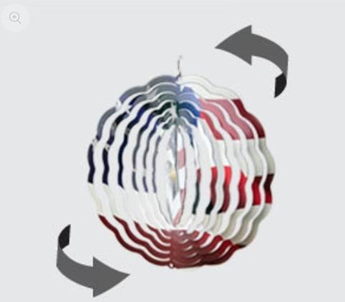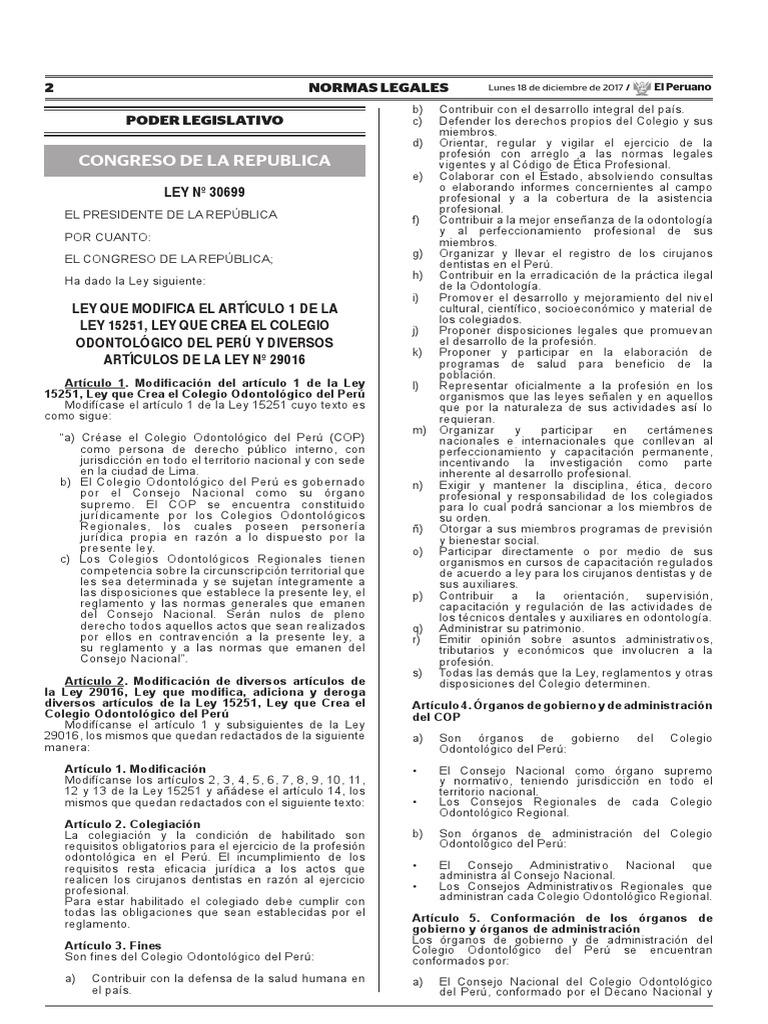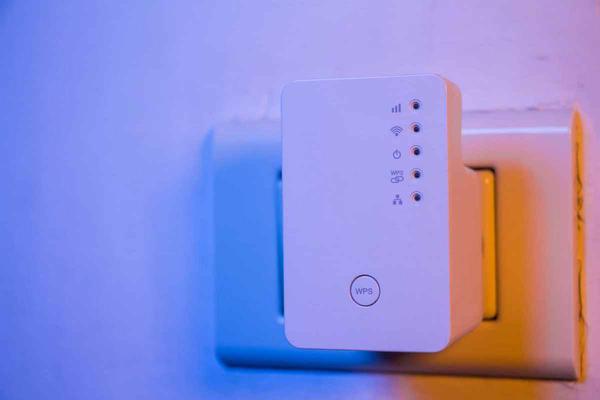Tips on How to Bend Wind Spinners Safely
Wind spinners add a dynamic visual element to gardens and patios, captivating us with their movement. Sometimes, you may find the need to reshape or repair them to maintain their charm. Bending wind spinners isn’t an overly complex task, but it does require specific tools and precautions to ensure the process is safe and effective. Here we provide a complete guide on how to bend wind spinners, focusing on safety and precision, so you can enjoy the resulting beauty without any hassle or injury.

What Tools and Materials Are Needed?
Recommended tools for precise bending
To achieve precise bends, use a manual pipe bender or a mandrel bender. These tools offer controlled movements necessary for even, uniform bends. Additionally, pliers and vise grips with rubber grips can help hold the spinner securely without damaging the surface.
Best materials for DIY wind spinner modifications
Choose materials that are flexible yet durable. Stainless steel and aluminum are ideal options due to their ease of bending and resistance to rust. Both materials offer longevity and can withstand various weather conditions, maintaining their aesthetic appeal.
Safety gear to protect yourself during the process
Safety should always be your priority. Wear thick gloves to protect your hands from sharp edges, and use safety glasses to shield your eyes from metal splinters. A long-sleeved shirt and sturdy footwear will protect the rest of your body from potential hazards during the bending process.
How to Prepare Your Workspace for Bending Wind Spinners
Choosing a stable and safe working area
Select a flat, stable surface such as a sturdy workbench or table to perform your task. Make sure your working area is well-lit and free from clutter to reduce the risk of accidents. The surface should be strong enough to support both the weight of your tools and the pressure you’ll apply while bending or shaping materials.
Setting up your tools for efficiency
Organize your tools within easy reach, preferably on a pegboard or in a well-arranged tool tray to streamline your workspace. This efficient setup supports a smoother workflow by minimizing distractions and reducing time spent searching for tools. When you're ready to work, securely clamp the wind spinner in place using a vise with rubber grips to ensure stability and precision.
Tips to ensure proper lighting and ventilation
Adequate lighting is crucial for detailed work—use bright, evenly distributed light sources to minimize eye strain and enhance precision. Equally important is proper ventilation, especially if you're using heat to bend the spinners. Always work in a well-ventilated area, open windows when possible, or use fans to disperse fumes and maintain safe, breathable air quality throughout the process.
Step-by-Step Guide to Bending Wind Spinners Safely
Inspecting the wind spinner before starting
Begin by thoroughly examining the wind spinner for any pre-existing damages, such as rust, cracks, or brittleness, as these issues could affect the safety and success of the bending process. Carefully identify and mark the specific areas that require adjustment or reshaping. Taking these precautions will help ensure a smoother and more effective modification.
Heating techniques for smoother bends
To make bending easier and prevent the metal from cracking, it’s important to apply heat. Use a propane torch to gently heat the marked area until it becomes pliable. Be sure to move the flame evenly across the surface to avoid warping and ensure a smooth, consistent bend throughout the entire section for best results.
Proper bending motions to avoid damage
Using your chosen bending tool, apply slow, steady pressure to shape the material with precision and control. Avoid sudden or jerky movements, as these can cause cracks or stress fractures in the structure. Always follow the natural flow and curve of the spinner to maintain its balance, strength, and overall integrity during the shaping process.
Cooling and finishing touches
Allow the bent section to cool naturally to room temperature before handling, as this ensures the metal sets properly and retains its new shape. Carefully inspect the curvature for uniformity and symmetry, making any small adjustments if necessary. Complete the process by smoothing out any sharp or rough edges using fine-grit sandpaper to enhance safety and overall appearance.

Common Mistakes to Avoid When Bending Wind Spinners
Overbending and stress fractures
Applying excessive force can result in overbending, stress fractures, or even permanent damage to your materials. Instead, use gentle, steady pressure and allow the material to gradually take shape. Be patient and stop periodically to assess your progress, making adjustments as needed to ensure precision and avoid weakening the structure you're working on.
Skipping the preparation phase
Neglecting preparation can lead to accidents, mistakes, and unsatisfactory results. Before starting any project, take the time to organize your workspace, gather all necessary tools and materials, and put on appropriate safety gear. A well-prepared setup not only boosts efficiency but also ensures a safer, smoother crafting experience from start to finish.
Using incorrect tools
Using the wrong tools can not only damage your wind spinner but also make the crafting process unsafe and frustrating. To ensure safety and achieve accurate, professional-looking results, always use the recommended tools specifically designed for metal bending and shaping. The right equipment makes your work easier, more efficient, and helps your wind spinner last longer.
Conclusion
How to bend wind spinners can be a rewarding DIY project if done carefully and methodically. With the right tools, materials, and safety measures, you can enhance the aesthetic appeal of your wind spinners and ensure they continue to mesmerize with their movement. Follow the steps outlined in this guide to enjoy a safe and successful bending experience while learning how to bend wind spinners effectively.
FAQ
Can I bend a wind spinner without heating it?
Yes, you can bend a wind spinner without heating it, but it is not recommended. Heating makes the metal pliable, reducing the risk of cracks and ensuring a smoother, more controlled bend.
What should I do if my wind spinner becomes unbalanced after bending?
If your wind spinner becomes unbalanced, gently reheat the affected area and adjust it to regain symmetry. Ensure that the bends are uniform and make small corrections as needed.
Are there specific types of wind spinners that are easier to bend?
Aluminum and thinner gauge stainless steel wind spinners are easier to bend due to their inherent flexibility. These materials allow more control and reduce the risk of damage during the bending process.








